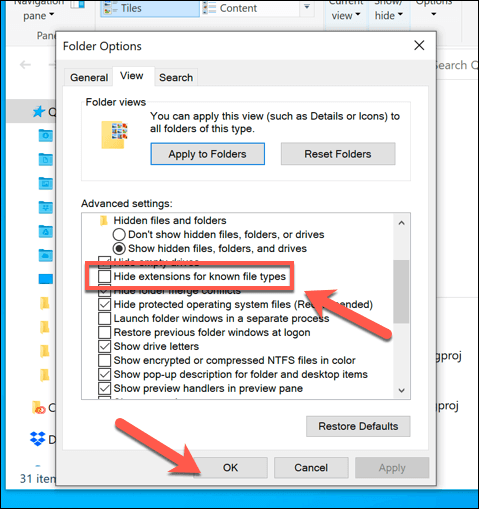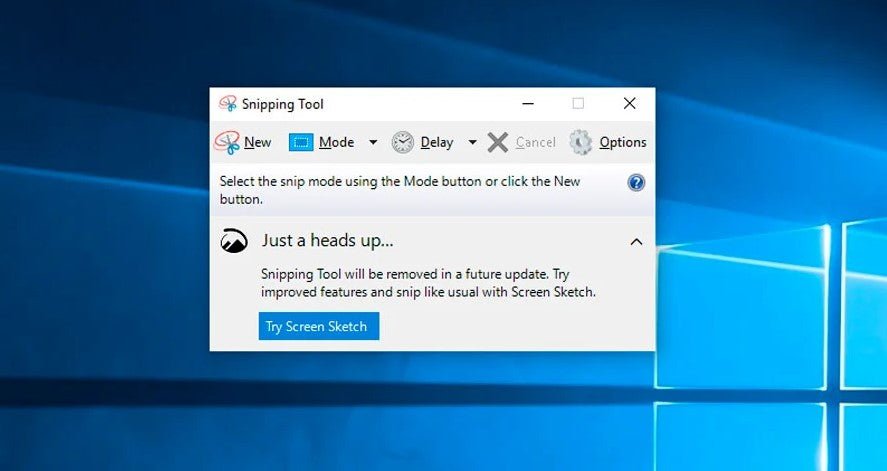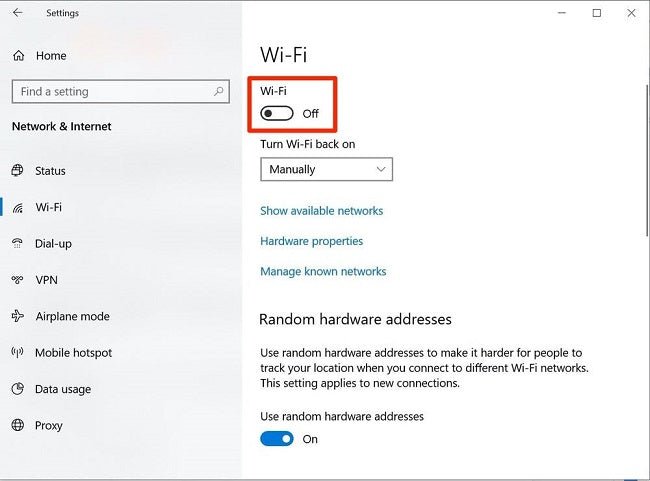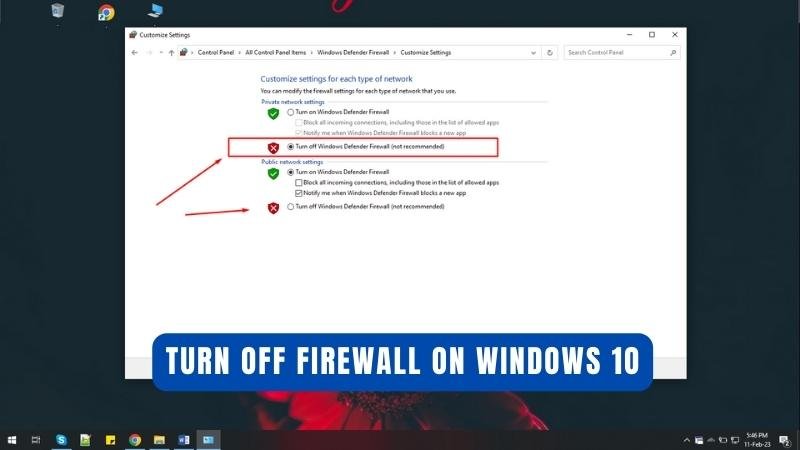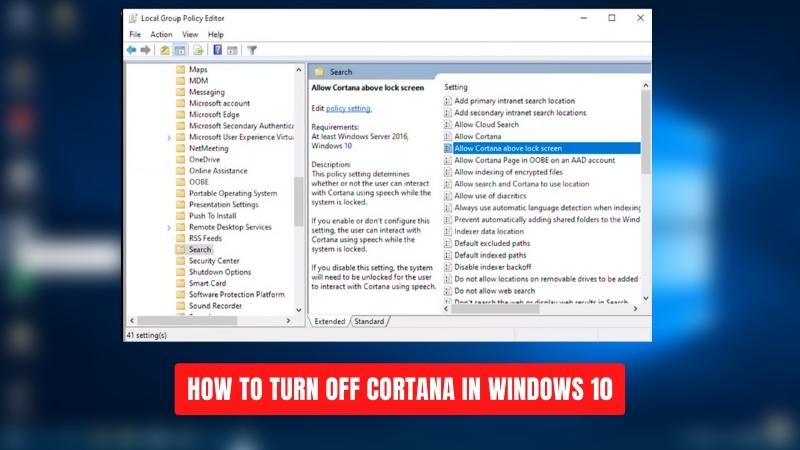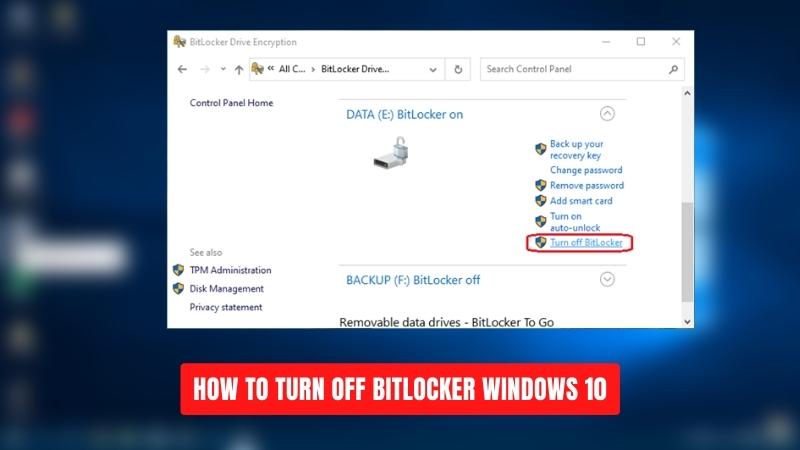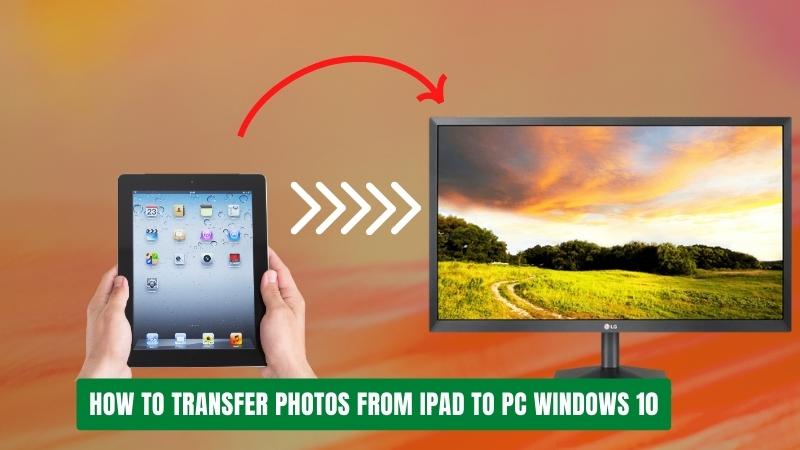
What is Hyper V Windows 10?
Are you looking for a way to make the most out of your Windows 10 operating system? Hyper V Windows 10 is one of the most advanced and powerful features of Windows 10 that allows you to run multiple operating systems and applications on one computer.
In this article, we will explore what Hyper V Windows 10 is and how it can benefit you. We will also discuss the different ways you can use Hyper V Windows 10 to maximize the potential of your computer.
Hyper-V is a virtualization technology from Microsoft available on Windows 10 Pro, Enterprise, and Education editions. It allows users to create multiple virtual machines (VMs) on a single physical machine, and use them simultaneously along with the actual machine. It allows for the creation and management of virtual disks, virtual networks, virtual machines, and other virtual resources.
What is Hyper V Windows 10?
Hyper-V is a virtualization platform from Microsoft that enables users to run multiple operating systems in virtual machines on one physical machine. It is available for Windows 10 Pro, Enterprise, and Education editions. It provides a secure and isolated environment for virtual machines to run on, allowing them to be managed and monitored from a central location.

With Hyper-V, users can create, configure, manage and deploy virtual machines, applications, and services in their own environment. Hyper-V is a powerful tool for managing multiple operating systems in a single physical machine. It provides a secure, isolated environment for virtual machines to run on, allowing administrators to manage and monitor them from a centralized location.
It also helps optimize resources and increase computing efficiency, making it an ideal choice for businesses and organizations that need to run multiple operating systems on a single machine. Hyper-V is easy to set up and use. It comes with a user-friendly GUI that helps users get up and running quickly.
It also offers advanced features such as snapshotting, cloning, and live migration, allowing users to easily manage and deploy virtual machines and applications.
Advantages of Hyper V Windows 10
Hyper-V offers a number of advantages for businesses and organizations that need to run multiple operating systems on one physical machine. It helps optimize resources, increase computing efficiency, and reduce costs.
It also provides a secure and isolated environment for virtual machines to run on, allowing administrators to manage and monitor them from a centralized location.
Hyper-V also provides advanced features such as snapshotting, cloning, and live migration, allowing users to easily manage and deploy virtual machines and applications. It is also easy to set up and use and comes with a user-friendly GUI that helps users get up and running quickly.
Disadvantages of Hyper V Windows 10
Hyper-V has some drawbacks as well. It requires an additional license for each virtual machine created, which can be costly for businesses and organizations that need to run multiple operating systems on one physical machine.
It also requires a powerful and capable machine to run, which can be difficult to achieve. In addition, Hyper-V can be difficult to manage, as it requires a lot of technical knowledge and understanding of virtualization technologies. It can also be difficult to troubleshoot, as it is a complex technology.
Features of Hyper V Windows 10
Hyper-V offers a number of features that make it a powerful virtualization platform. It offers snapshotting, which allows users to take a snapshot of the current state of a virtual machine and then revert back to it if needed.
It also offers cloning, which allows users to quickly create multiple copies of a virtual machine. Finally, it offers live migration, which allows users to move virtual machines from one host to another without interrupting their services.
Frequently Asked Questions
What is Hyper V Windows 10?
Hyper V Windows 10 is an advanced virtualization technology that allows users to create and manage virtual machines (VMs) on their Windows 10 devices. It is a native hypervisor that is included in the Windows 10 operating system and can be activated through the Windows Features control panel.
With Hyper V, users can create and run multiple operating systems and applications on the same computer, while also providing the ability to move VMs between Windows 10 devices.
What are the benefits of using Hyper V Windows 10?
Using Hyper V Windows 10 offers several benefits to users. It allows users to run multiple operating systems and applications on the same computer, making it easier to develop, test, and deploy applications.
It also provides users with the ability to move VMs between Windows 10 devices for efficient resource management and improved flexibility. Additionally, Hyper V provides increased security for VMs as it isolates them from the host operating system, making them more secure from outside threats.
What are the requirements for using Hyper V Windows 10?
In order to use Hyper V Windows 10, users must have a compatible processor and BIOS that support Intel Virtualization Technology (VT-x) and Extended Page Tables (EPT).
Additionally, users must have the Windows 10 Pro or Enterprise edition, a minimum of 4 GB of RAM, and at least 20 GB of free disk space. If a user does not meet these requirements, they can still install Hyper V, but they will not be able to create or manage VMs.
How do I install Hyper V Windows 10?
In order to install Hyper V Windows 10, users must first ensure that their computer meets the minimum requirements. Once these requirements have been met, users can open the Windows Features control panel and select “Turn Windows features on or off”. From here, users can select the “Hyper-V” checkbox and click “OK” to install the feature. After the installation is complete, users can access Hyper V from the Windows 10 Start menu.
What are some common uses for Hyper V Windows 10?
Hyper V Windows 10 can be used to develop, test, and deploy applications, as well as to improve resource management and flexibility. It can also be used to run multiple operating systems and applications on the same computer, and to isolate VMs from the host operating system for enhanced security.
Additionally, Hyper V can be used for virtualizing servers, creating virtual networks, and running virtual desktops.
How do I manage VMs using Hyper V Windows 10?
Once Hyper V Windows 10 has been installed, users can access the Hyper V Manager from the Windows 10 Start menu. This will open a graphical user interface that allows users to create and manage their VMs.
From here, users can create, configure, and delete VMs, as well as start, stop, pause, and move VMs between Windows 10 devices. The Hyper V Manager also allows users to create and manage virtual networks, virtual desktops, and virtual switches. Hyper V Windows 10 is a powerful virtualization tool that allows users to create multiple virtual machines on their Windows 10 computer. It is an easy to use and intuitive tool that provides users with the power to securely manage their virtual environments.
With Hyper V Windows 10, users can quickly and securely create multiple virtual machines, run multiple operating systems, and manage their virtual machines in a secure and efficient manner. This powerful tool has made virtualization more accessible and manageable for users of all levels of experience.
Conclusion
Hyper-V is a powerful virtualization platform from Microsoft that enables users to run multiple operating systems in virtual machines on one physical machine. It provides a secure, isolated environment for virtual machines to run on, allowing administrators to manage and monitor them from a centralized location.
It also offers advanced features such as snapshotting, cloning, and live migration, allowing users to easily manage and deploy virtual machines and applications.
However, it requires an additional license for each virtual machine created, which can be costly for businesses and organizations that need to run multiple operating systems on one physical machine.

